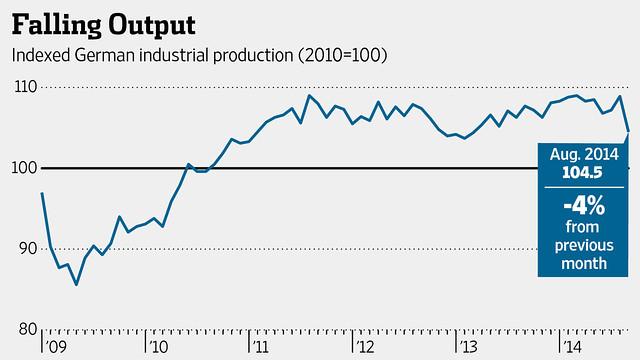Germany’s industrial sector showed unexpected strength in May, with output rising more than anticipated, according to data released on Tuesday. The faster-than-expected increase signals resilience amid ongoing global economic uncertainties and offers a positive indicator for Europe’s largest economy. Industry observers and investors will be closely watching whether this momentum can be sustained in the coming months.
German Industrial Production Surpasses Forecasts Signaling Economic Resilience
The latest figures reveal a robust increase in Germany’s industrial production for May, surpassing analysts’ expectations. This unexpected boost underscores the country’s capacity to withstand ongoing global economic pressures and supply chain disruptions. Key sectors contributing to this growth include automotive manufacturing, machinery, and chemicals, which collectively drove the positive momentum. Experts attribute this surge to increased export demand and steady domestic consumption, signaling sustained confidence in German manufacturing capabilities.
- Automotive production: +3.2% month-on-month
- Machinery output: +2.5% month-on-month
- Chemicals sector growth: +1.8% month-on-month
While some industries continue to face challenges from raw material shortages and rising energy costs, the overall industrial landscape remains resilient. Economists remain cautiously optimistic, pointing to these figures as a sign that Germany’s economy may be navigating inflationary pressures more effectively than anticipated. The strength shown in May could have positive implications for the country’s GDP growth in the quarters to come.
| Sector | May Output Growth | Forecast |
|---|---|---|
| Automotive | +3.2% | +1.5% |
| Machinery | +2.5% | +1.8% |
| Chemicals | +1.8% | +1.2% |
Key Sectors Driving the Unexpected Surge in Manufacturing Output
Recent data highlights that the automotive, chemical, and electrical equipment industries collectively propelled Germany’s manufacturing output beyond forecasts in May. The automotive sector, benefiting from increased exports and resurgent demand for electric vehicles, recorded a significant uptick in production volumes. Meanwhile, the chemical sector capitalized on growing global demand for specialty chemicals, boosting output despite supply chain challenges. Concurrently, manufacturers of electrical equipment announced higher order backlogs, reflecting strong domestic and international market confidence.
Supporting this momentum, smaller yet dynamic sectors such as machinery and metal products also demonstrated resilience. Notably, flexible production strategies and advanced automation contributed to sustaining output levels. The table below illustrates the approximate percentage growth across these key sectors compared to the previous month, highlighting their relative contributions:
| Sector | Output Growth (May vs April) |
|---|---|
| Automotive | +4.5% |
| Chemical | +3.8% |
| Electrical Equipment | +3.2% |
| Machinery | +2.1% |
| Metal Products | +1.7% |
Strategies for Businesses to Leverage Growing Industrial Momentum
Businesses aiming to capitalize on the surge in industrial activity should prioritize investing in technology and automation to enhance productivity and reduce operational costs. With rising output levels, companies can benefit from advanced manufacturing solutions such as AI-driven quality control and predictive maintenance, ensuring steady growth and resilience in fluctuating markets. Furthermore, fostering strong partnerships with suppliers and logistics providers will streamline supply chains, enabling faster response times to increasing demand.
Additionally, firms can explore diversification to tap into emerging sectors propelled by industrial expansion. Targeting markets such as renewable energy components and high-precision engineering can create new revenue streams. Consider the following strategic focus areas to maximize momentum:
- Enhancing workforce skills through targeted training programs to manage advanced industrial processes.
- Strengthening export capabilities by leveraging Germany’s global trade networks.
- Aligning sustainability practices with industrial innovations to meet regulatory and consumer expectations.
| Strategy | Benefit |
|---|---|
| Automation Integration | Increased efficiency and reduced errors |
| Supply Chain Optimization | Improved delivery times and cost savings |
| Market Diversification | Expanded revenue sources |
Closing Remarks
As Germany’s industrial output exceeded expectations in May, the figures underscore a resilient manufacturing sector amid ongoing global uncertainties. Analysts will continue to monitor these developments closely, as sustained industrial growth remains pivotal for Europe’s largest economy in the months ahead.




